Uncover century-old industrial relics along Yangpu riverside
Yangpu Riverside in Shanghai is a cradle of China's modern industrial civilization, boasting numerous records in the country's industrial history. It was home to China's first modern water plant, the largest thermal power plant in the East Asia, and other significant industrial landmarks.
Let's embark on a bike ride along the scenic Yangpu riverside and delve into the rich history of century-old industrial relics.
Cycling Route: Shanghai International Fashion Center - Yangshupu Power Plant Relics Park - WorldSkills Museum - Former Site of Minghua Sugar Factory Warehouse
Embark on a 7.8-kilometer cycling journey along the Yangpu-Minsheng section of the Huangpu River, which has a rich industrial heritage, reflecting the history and culture of Shanghai's modern industry. From the largest thermal power plant in East Asia to China's first modern waterworks, the historical buildings here bear witness to the city's industrial past.
Today, these century-old industrial relics have been revitalized, blending history with modern urban planning. Cycling along the riverside path, you'll enjoy views of the Huangpu River and the restored historical buildings. This journey aims to unlock the rebirth code of these industrial relics, offering a unique experience of urban planning and historical culture.
First stop: Shanghai International Fashion Center - Perfect combination of fashion and history
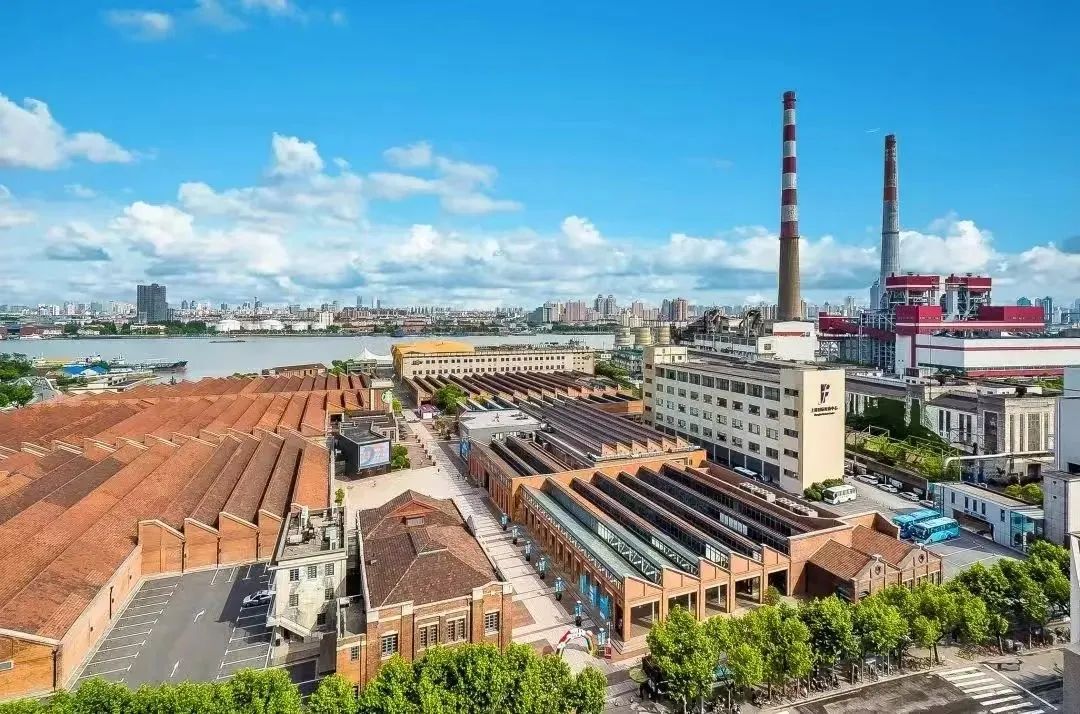
Open: Monday to Friday, 11 am – 9:30 pm; Saturday and Sunday, 10 am – 9:30 pm; No appointment necessary.
Let's start our cycling route at the Shanghai International Fashion Center, a former textile factory that was transformed into the largest fashion complex in Asia.
Located at No 2866 Yangshupu Road, the Shanghai International Fashion Center was originally the site of the Yufeng Textile Co Ltd, designed in 1921 and completed in 1935.
In 1950, it became the State-owned Shanghai No 17 Cotton Textile Factory. As an important witness to the development of Shanghai's textile industry, it retains the most complete and largest sawtooth factory buildings.
There are five existing historical buildings, namely the office building, south and north factory buildings, boiler rooms and water towers, and senior staff residences, mostly single-story and in a relatively uniform architectural style.
The site was recognized as an excellent historical building in 1999 and a cultural relic protection unit in Shanghai in 2014.
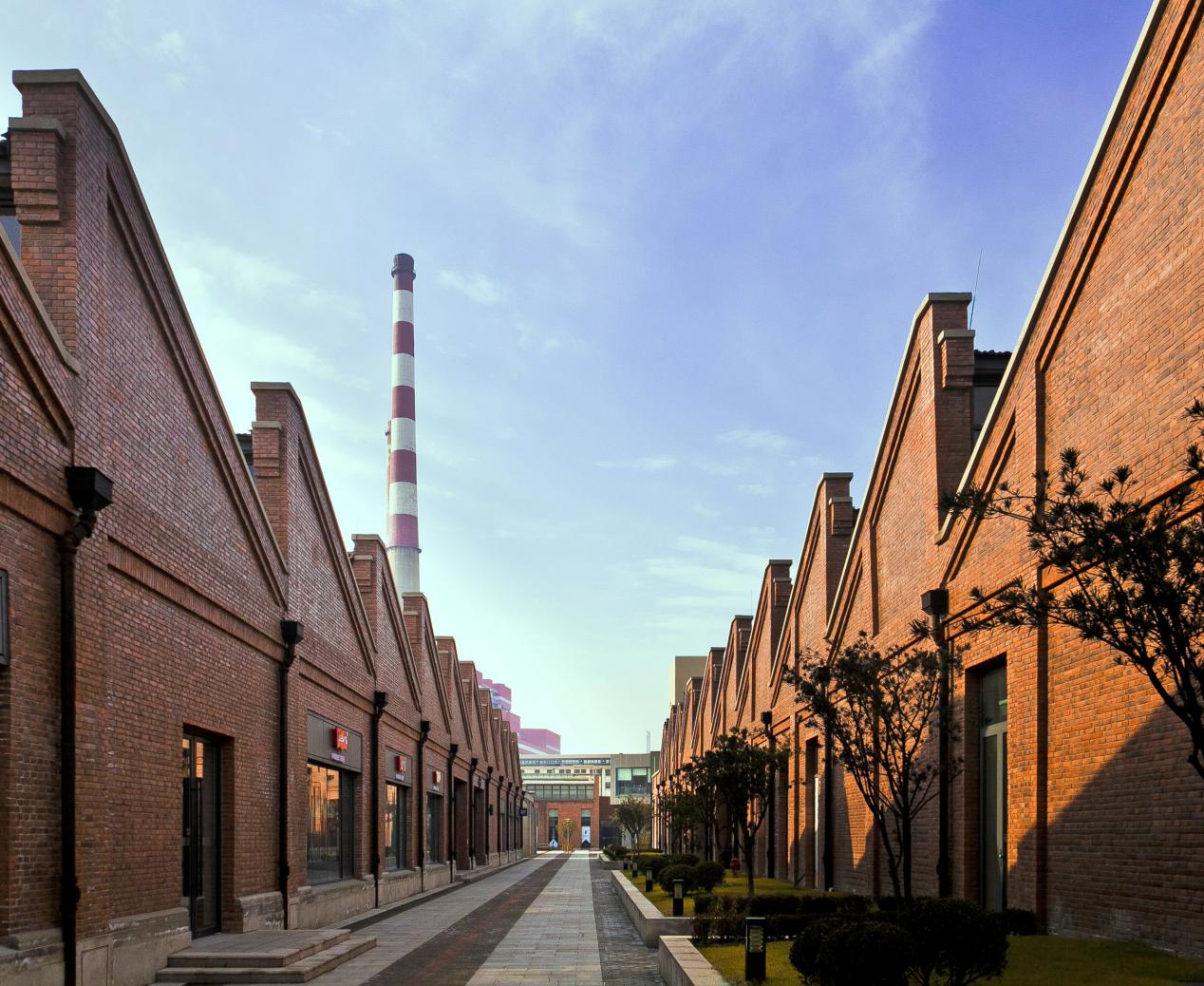
During renovations from 2009 to 2013, the Shanghai International Fashion Center, designed by the French architectural firm responsible for designing the Shanghai Grand Theatre, emphasized the structural beauty and spatial charm of its industrial heritage, highlighting the integrity and diversity of the center's public spaces.
Along the 300-meter riverside, the red brick factory buildings have been transformed into the largest fashion complex in Asia. During Shanghai Fashion Week, the collision of modern fashion and century-old steel beams creates a dreamlike experience. The fashion boutique warehouses, cruise terminals, and creative office spaces within the center combine industrial aesthetics with modern consumption, becoming another fashion icon of Shanghai.
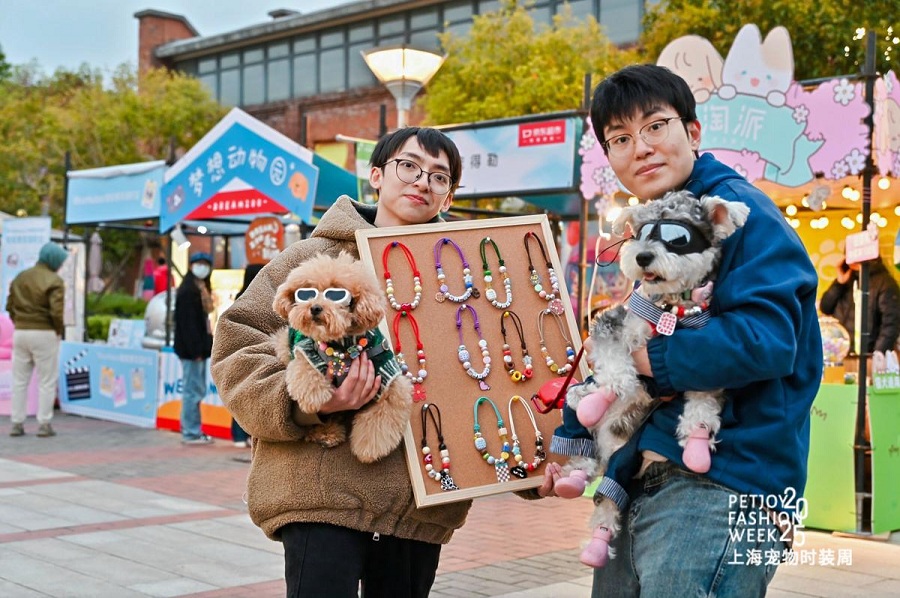
Second stop: Yangshupu Power Plant Relics Park - Magnificent transformation of industrial heritage
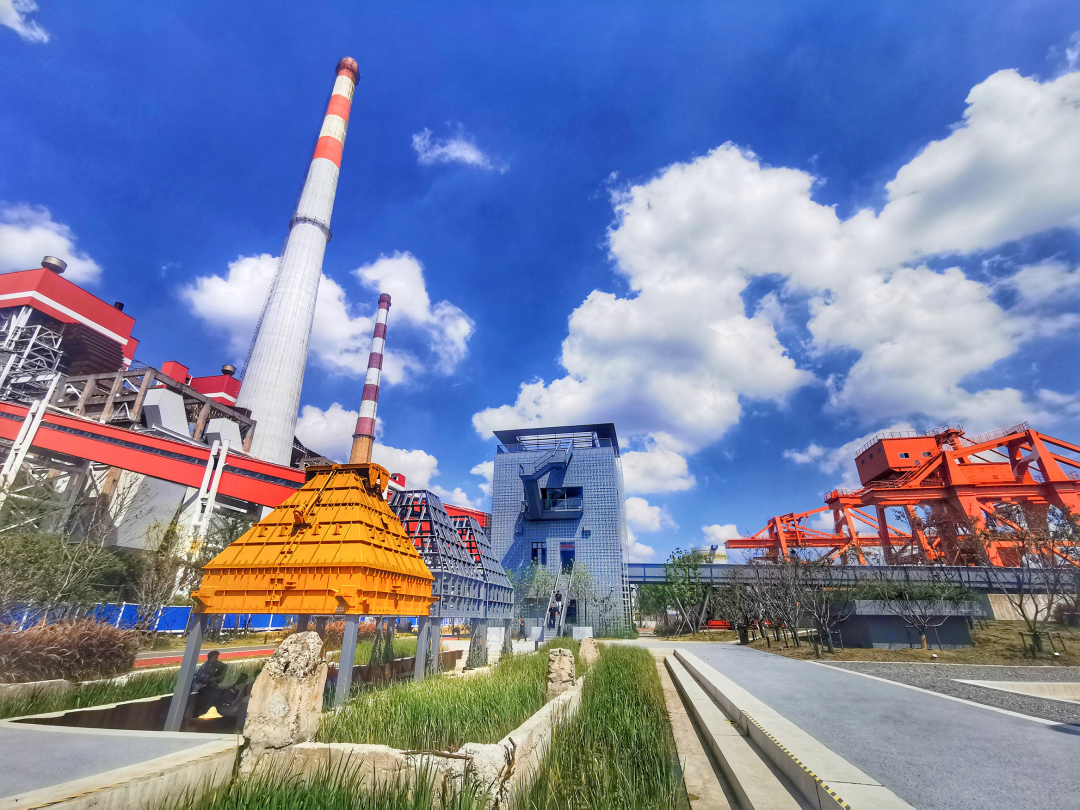
Open: All day; the Yangshupu Power Plant historical exhibition room accepts group reservations for free visits on Monday, Wednesday, and Friday, 9 am – 11 am and 1 pm – 3 pm, with part-time volunteer guides available for reservations.
Reservation phone number: 021-6569-2200
Ride to No 2800 Yangshupu Road and arrive at the Yangshupu Power Plant, the birthplace of China's electric power industry established in 1911. This industrial giant not only lit the first electric light in Shanghai but also left a revolutionary mark in the century-long history — from the May Thirtieth Movement (1925) to The War of Liberation (1946-49), its towering chimney stands as a historical monument witnessing the dual awakening of industrial civilization and revolutionary spirit throughout Shanghai's historical evolution.
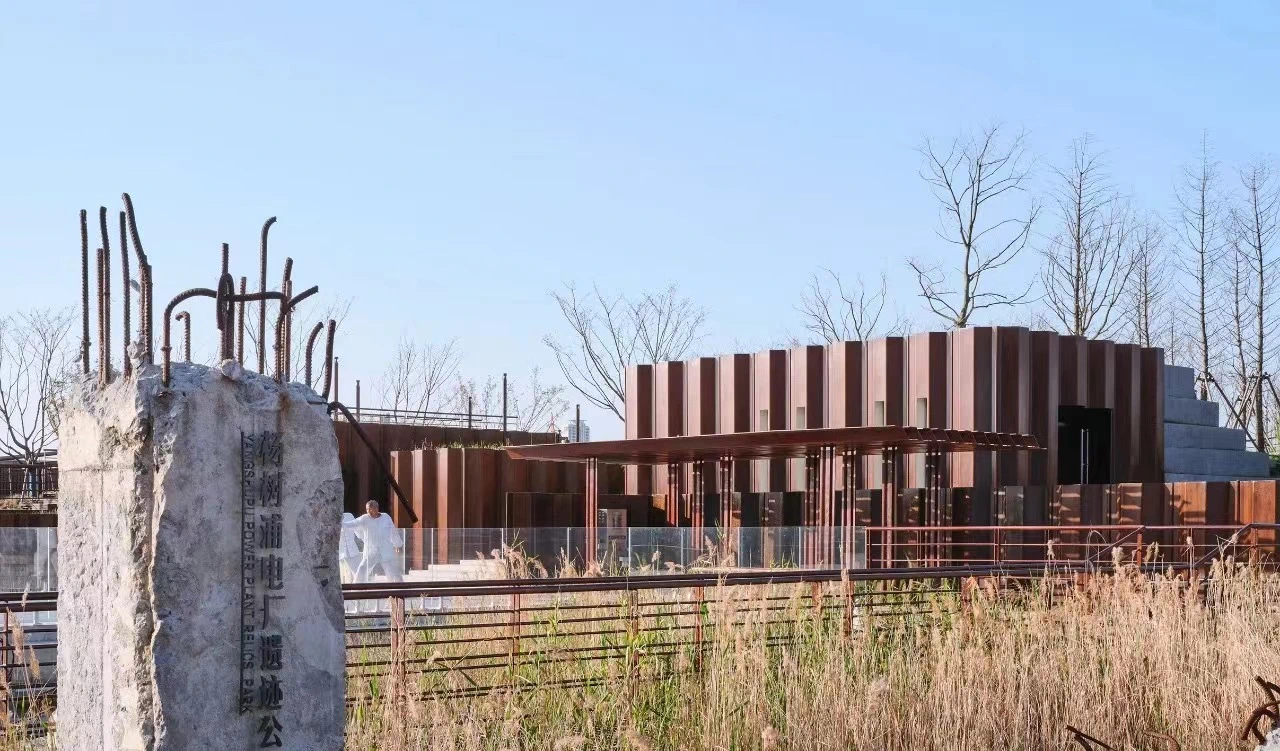
Some historical buildings in the power plant were recognized as excellent historical buildings in Shanghai in 1994, Yangpu district cultural relic protection units in 2004, and Shanghai cultural relic protection units in 2014.
In 2010, following the requirements for energy conservation and emissions reduction, the Yangshupu Power Plant ceased operations and was transformed into a historical exhibition hall and ruins park, becoming a great place to learn about Shanghai's industrial history and experience the charm of its industrial heritage.
The historical exhibition room of the Yangshupu Power Plant showcases precious images and historical materials, as well as the heroic deeds of revolutionary martyr Wang Xiaohu, allowing visitors to tap into the historical pulse of the city amid the mottled mechanical matrix.

Strolling through the ruins park, the 105-meter-high chimney transforms into a city lighthouse, the giant coal hopper becomes an observation deck, and the rusted coal conveyor gallery winds into an aerial walkway. The small, white Renaissance-themed building has a simple and distinctive facade. In the evening, the setting sun turns the dock into an amber color. The newly opened Fuxing Island Pier Park Greenway (from Gongqing Road to the Huangpu River) connects the power plant and the riverside, with seasonal flowers and industrial relics on both sides of the road complementing each other, allowing visitors to feel the traces of time.
Third stop: WorldSkills Museum - Global perspective of a century-old warehouse
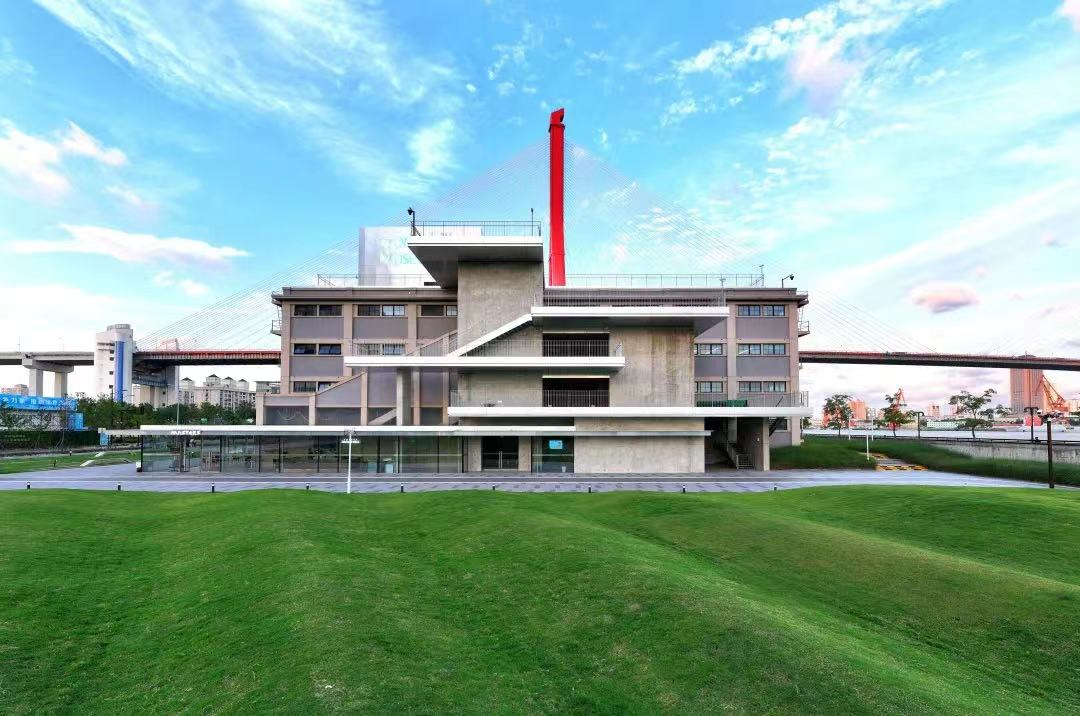
Open: Tuesday to Sunday, 9 am – 5 pm, last entry at 4:30 pm, no appointment necessary
While the hot-blooded memories of revolutionary martyrs still echo in our hearts, the cycling route quietly turns toward another historical monument — the WorldSkills Museum. The WorldSkills Museum, originally the Yong'an Warehouse, located at No 1578 Yangshupu Road, was the core storage building of the Yong'an Textile Company founded by overseas Chinese brothers Guo in 1921. It was once the largest twin-tower warehouse in the country, witnessing the rise and fall of China's modern cotton textile industry. Its reinforced concrete beamless floor structure and industrial aesthetic features are well preserved. It was declared a cultural relic protection site in Yangpu district in 2016 and a district-level cultural relic protection unit in 2022.
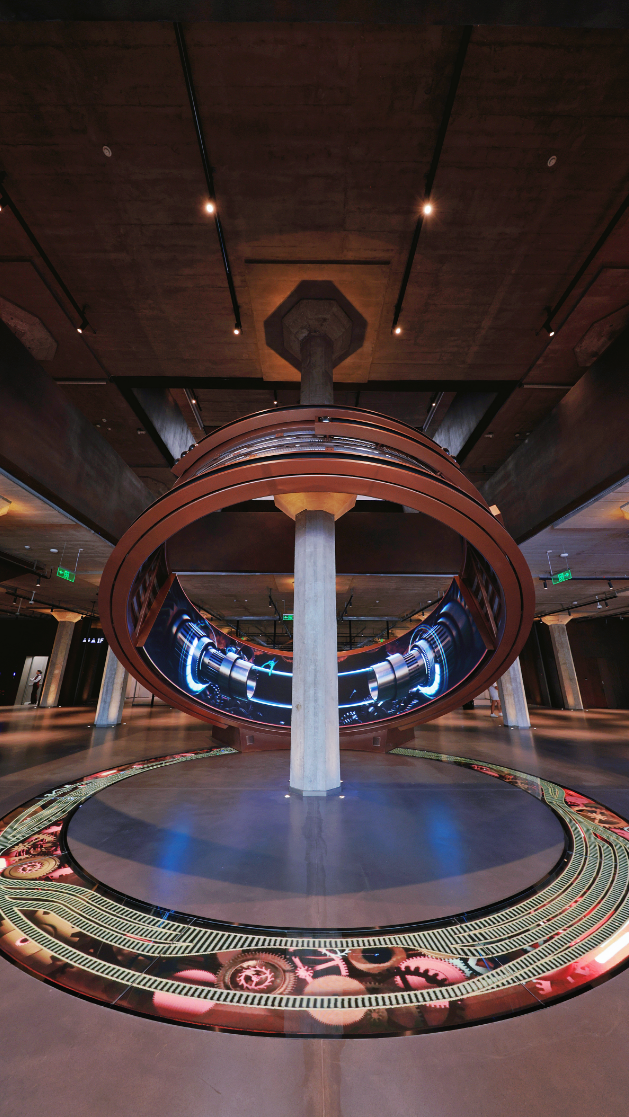
In 2022, the renovated west building of Yong'an Warehouse was transformed into the WorldSkills Museum. This non-profit museum acts as a hub for science and culture, weaving historical textures and future visions into a unique spatial narrative — the beamless floor structure lifts the staircase that allows young people to gaze at the stars, the brick walls are inscribed with the code of a craftsmanship spirit, and the museum's philosophy of "Skills Achieve Dreams, Skills Change Lives" engages visitors through window frames and digital light and shadow.
Fourth stop: Former Site of Minghua Sugar Factory Warehouse - Creative fermentation of sweet memories

Open: Refer to various exhibition opening hours. No appointment necessary.
The former site of the Minghua Sugar Factory Warehouse, located at No 415 Anpu Road, was built in the 1920s and 1930s and originally used as a warehouse for the sugar company. In 1946, it was converted into the preparatory office of the Central Chemical Factory in Shanghai, renamed the Shanghai Chemical Factory in 1950, and became the first comprehensive plastic processing enterprise in China. Today, it is a landmark public space and art venue along the Yangpu Riverside, designated a cultural relic protection site in Yangpu district in 2022.
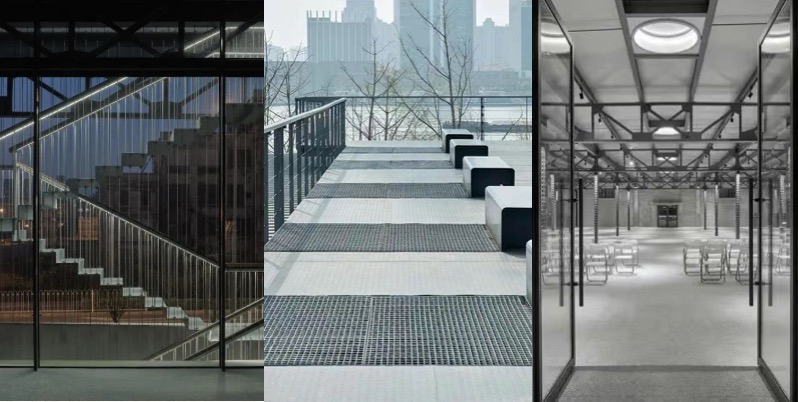
Today, the site retains its original steel roof truss and the I-beam steel structure added in the 1980s, placing industrial construction aesthetics from different eras in the same space. Art exhibitions, summit forums, and professional lectures are held here regularly. Cyclists are welcome to stop in and enjoy the art exhibitions.
Further Exploration: Qinhuangdao Road Cruise Terminal - Maoma Warehouse - Yangshupu Water Plant Pier - Yangshupu Silk Factory Grand Residence - Oriental Fisherman's Wharf - Green Hill - Fantasy Bubble
For those who want to delve deeper into the Yangpu riverside, the following destinations are also excellent choices:
Qinhuangdao Road Cruise Terminal
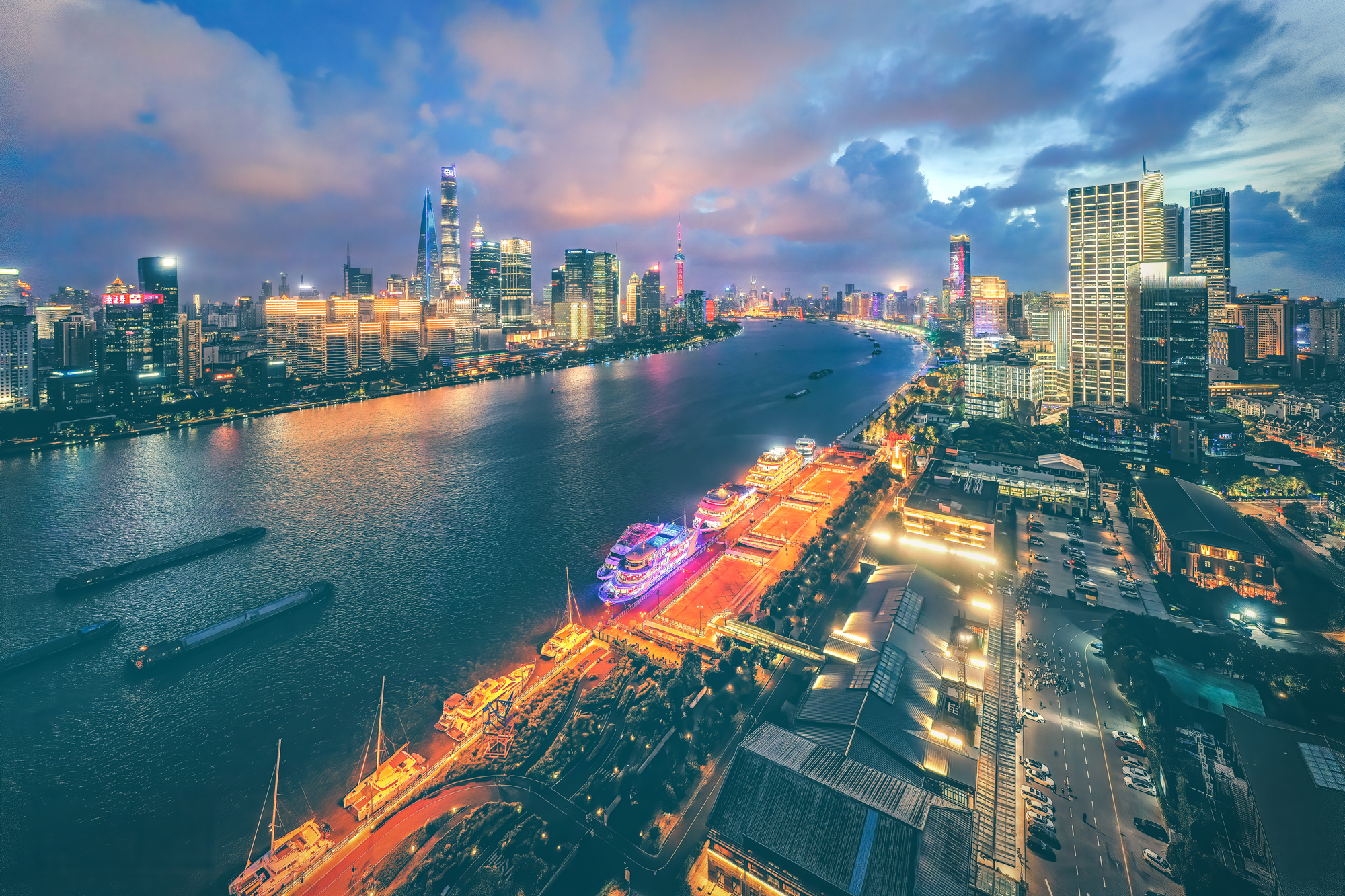
This terminal combines river sightseeing with themed tours, housing exhibitions and showcasing intangible cultural heritage items. Visitors can immerse themselves in the historical charm and waterfront allure of the Yangpu Riverside.
Maoma Warehouse

Originally founded as Arnhold, Karberg & Co. in 1895, Maoma Warehouse evolved into Shanghai's first silk mill after 1949. After extensive renovations, it has been transformed into a hub for high-quality exhibitions, transitioning from an industrial warehouse into a cultural hotspot.
Yangshupu Water Plant Pier

To complement the public spaces along the Huangpu River, the Yangshupu Water Plant constructed a 535-meter-long pier, offering a unique vantage point for admiring the century-old water plant's architectural beauty and Shanghai's cultural essence.
Yangshupu Silk Factory Grand Residence

Built in 1918, this elegant residence features intricate designs and a cozy cafe, Yihe 1915, where visitors can savor coffee amid a rich historical ambiance.
Oriental Fisherman's Wharf

Formerly the Shanghai Fish Market, this revamped space now offers a blend of dining, leisure, entertainment, and office facilities in a visually striking architectural setting.
Green Hill

Once a tobacco company's machinery warehouse, Green Hill has been transformed into a terraced sky garden, seamlessly blending into the waterfront landscape.
Fantasy Bubble
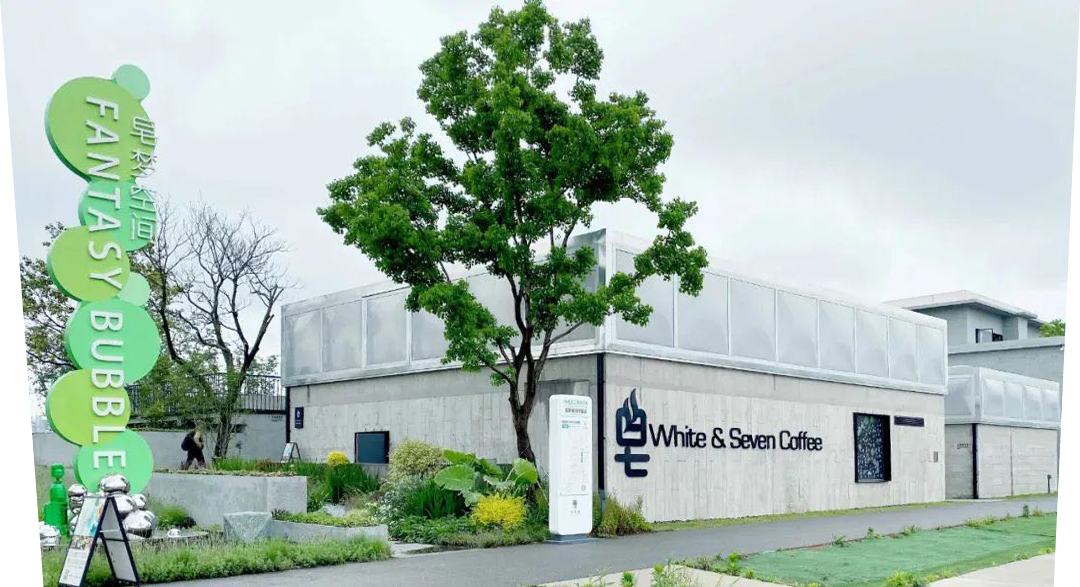
Formerly a soap factory's production auxiliary area, Fantasy Bubble invites visitors to enjoy soap products, engage in DIY soap-making, and experience interactive art installations.
Sources: WeChat account of Shanghai Municipal Administration of Culture and Tourism, WeChat account of Shanghai Historical Building Protection Administration Center, WeChat account of WorldSkills Museum, website of Yangpu district government, 2025 Petjoy Fashion Week, Shanghai Municipal Bureau of Human Resources and Social Security, WeChat account of Shanghai Yangpu Showbund